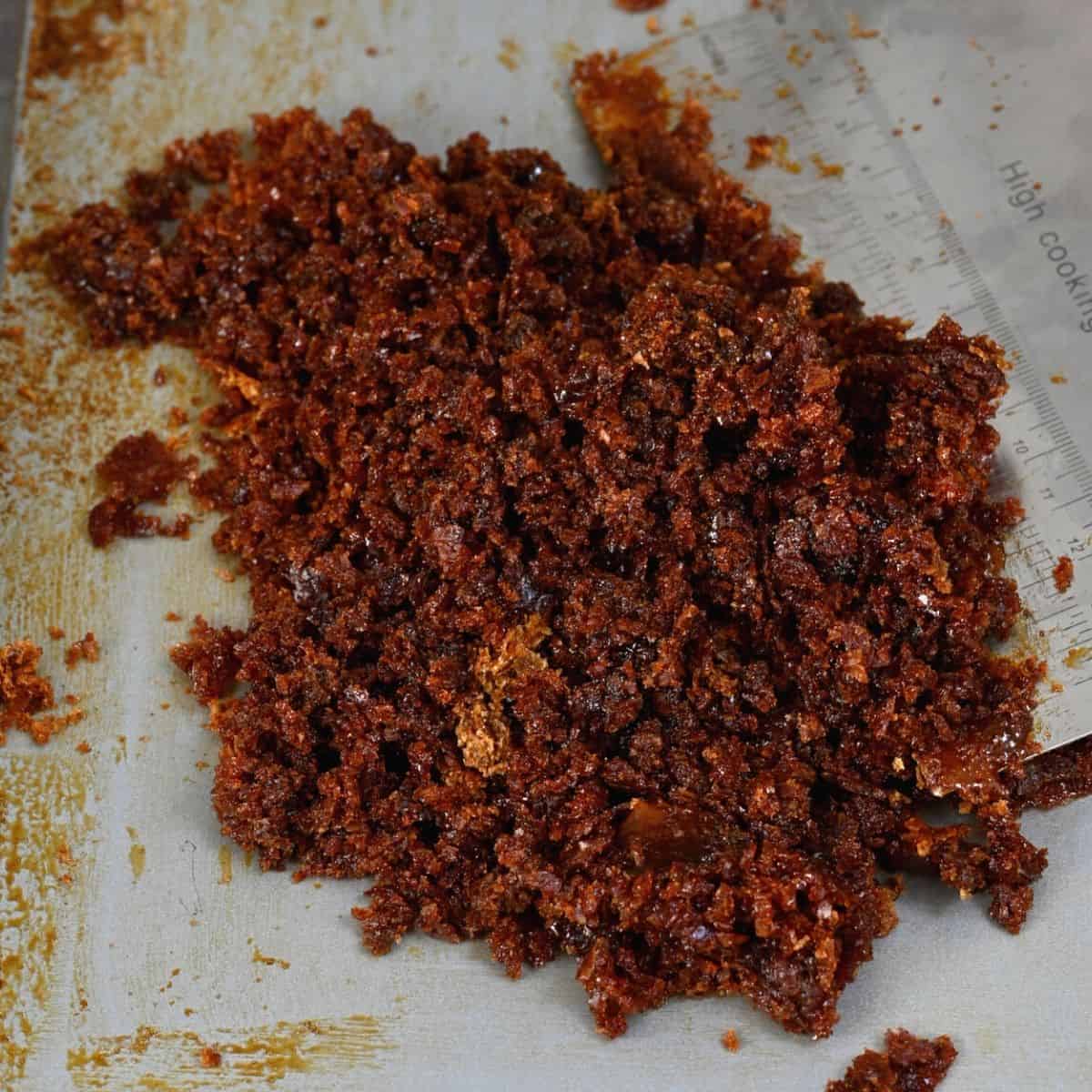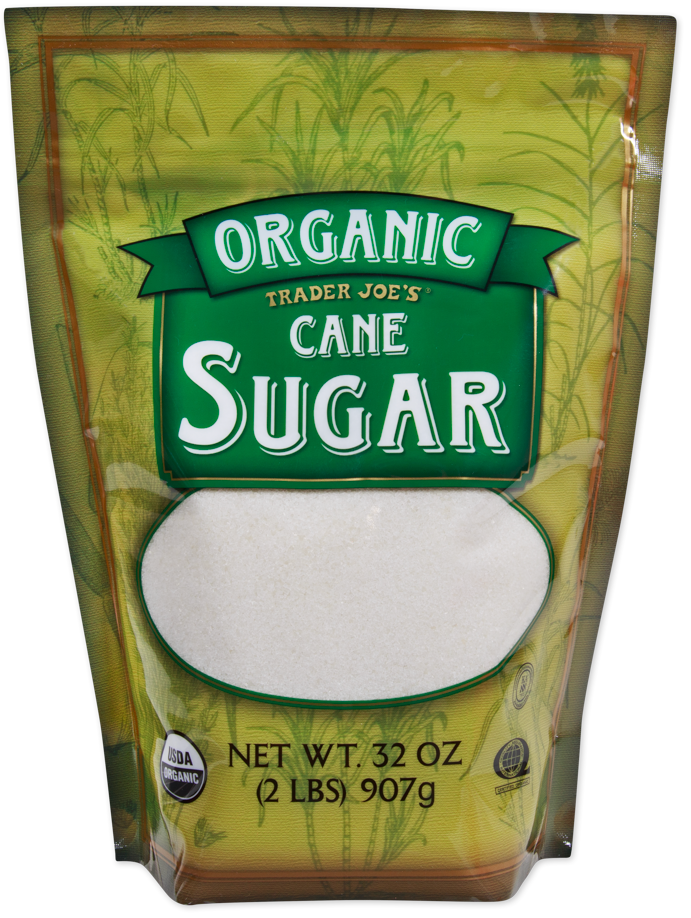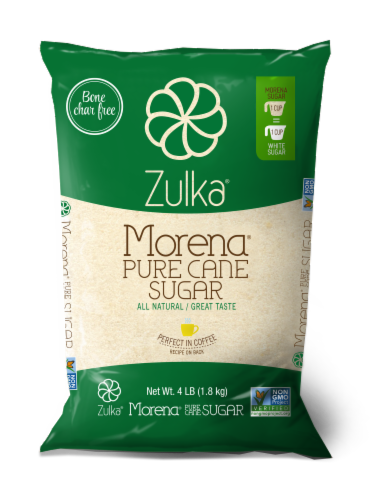Cane Sugar Processing: Conventional Methods and Modern Innovations
Cane Sugar Processing: Conventional Methods and Modern Innovations
Blog Article
Discovering the Comprehensive Steps Entailed in Walking Stick Sugar Handling From Collecting to Improvement
The process of walking cane sugar production includes a series of elaborate actions, starting with the cautious harvesting of sugarcane and finishing in the refinement stages that make certain the final product meets industry criteria. Each stage, from the extraction of juice to the purification and formation processes, plays an important role in determining the quality and character of the sugar.
Gathering Sugarcane
Harvesting sugarcane is an essential step in the walking stick sugar handling chain, as it straight affects the quality and return of the last item. Appropriate timing and strategies are essential during this stage to guarantee optimum sugar web content and decrease losses. Usually, sugarcane is harvested when it reaches maturation, typically 12 to 18 months after growing, characterized by a high sucrose focus.

Post-harvest, the sugarcane needs to be refined promptly to stop sucrose destruction. Preferably, collected cane should be transferred to refining facilities within 1 day to protect sugar high quality. For that reason, efficient logistical preparation is essential to keep the honesty of the harvested crop throughout the supply chain.
Extraction Refine

The smashed walking stick goes through a series of pushing operations to make best use of juice recovery. Usually, warm water is splashed onto the smashed walking stick, developing a countercurrent flow that aids dissolve the sugar while additionally aiding in the removal procedure. The juice collected from this procedure contains not just sugar but additionally various organic compounds and pollutants.

To boost removal efficiency, some centers might utilize diffusion approaches, where the sugarcane is saturated in hot water, permitting the soluble sugars to diffuse into the liquid. The resulting juice, abundant in sucrose, is after that directed to subsequent processing stages, laying the structure for filtration and improvement. The extraction procedure is therefore crucial in identifying the quality and yield of the last sugar product.
Purification Techniques
The purification strategies employed in cane sugar processing are essential for transforming the raw juice right into a high-grade sugar item. These approaches mostly aim to get rid of impurities, such as soil, plant materials, and not natural materials, which can adversely impact the last item's taste and color.
Among one of the most common purification techniques is clarification. This procedure entails including lime and heat to the raw juice, which promotes the coagulation of pollutants. The resulting precipitate is then eliminated via sedimentation or filtration, yielding a more clear juice. In addition, using phosphoric acid can boost the clarification process by more binding contaminations.
An additional considerable method is carbonatation, where co2 is presented to the cleared up juice. This reaction generates calcium carbonate, which records staying contaminations and advertises their removal.
In addition, activated carbon treatment may be put on adsorb any type of remaining colorants and natural impurities, making certain an extra refined product. The combination of these methods effectively prepares the sugar juice for subsequent actions in the refining procedure, establishing the phase for the manufacturing of premium cane sugar.
Crystallization Approaches
After the filtration phase, the following critical action in walking cane sugar processing involves condensation techniques, which play a crucial function in transforming the cleared up juice right into solid sugar. This process usually utilizes 2 main techniques: spontaneous crystallization and controlled formation.
In spontaneous crystallization, supersaturated sugar options are enabled to cool normally, causing the formation of sugar crystals over time. This method is simpler however might cause irregular crystal sizes and lower purity levels. On the various other hand, managed crystallization is a much more precise technique where focus, temperature, and seeding agents are meticulously taken care of. This approach allows for the consistent growth of sugar crystals and higher pureness.
Throughout condensation, the made clear juice is focused through dissipation, enhancing its sugar web content up until it reaches supersaturation. As soon as this factor is accomplished, either approach can help with the crystallization process. Cane Sugar Processing. The resultant sugar crystals are after that separated from the staying syrup via centrifugation
Eventually, the choice of crystallization approach affects the top quality, dimension, and purity of the last sugar product, making this step essential in the general cane sugar handling procedure.
Refinement and Product Packaging
Exactly how can the purity and top quality of cane sugar be better improved after formation? The improvement process plays a crucial function in achieving top quality walking stick sugar. Complying with condensation, sugar goes through a detailed washing to remove pollutants and recurring molasses. This is normally completed using warm water or steam, which helps dissolve and draw out undesirable components while preserving the sugar crystals.
Next, the sugar is subjected to a procedure called centrifugation, where it is spun at high speeds to divide the cleansed sugar crystals from the continuing to go to my blog be liquid. After centrifugation, the sugar is commonly further refined through a technique called carbonization or phosphatation, which uses turned on carbon or phosphoric acid to remove color and off-flavors.
Once improved, the sugar is dried to achieve the wanted moisture content, guaranteeing that it continues to be secure throughout storage space and transportation. The final action involves packaging the refined sugar in moisture-proof and impermeable containers to maintain its quality and protect against contamination. Cane Sugar Processing. Appropriate packaging not just prolongs service life however additionally assists in very easy handling and distribution, making certain their website that customers obtain sugar that satisfies the highest standards of pureness and top quality
Final Thought
The thorough steps associated with walking cane sugar handling, from the thorough harvesting of sugarcane to the complex refinement and packaging phases, emphasize the relevance of each stage in guaranteeing top notch sugar manufacturing. Ideal harvesting methods, effective removal approaches, and extensive filtration processes collectively add to the end product's pureness and stability. The condensation and succeeding product packaging methods further improve the stability and rack life of the sugar, highlighting the intricacy and precision intrinsic in this essential farming sector.
The procedure of cane sugar production incorporates a collection of detailed actions, starting with the mindful harvesting of sugarcane and culminating in the refinement stages that make sure the final item satisfies industry criteria. Preferably, collected walking stick ought to be delivered to processing centers within 24 hours to preserve sugar top quality.In spontaneous formation, supersaturated sugar solutions are enabled to cool normally, leading to the development of sugar crystals over time - Cane Sugar Processing. The refinement process plays an essential role in attaining high-quality walking stick sugar.The extensive steps entailed in cane sugar handling, from the thorough harvesting of sugarcane to the best site elaborate improvement and product packaging phases, highlight the significance of each phase in ensuring premium sugar production
Report this page